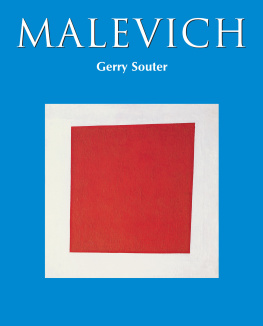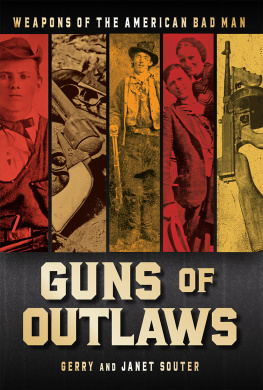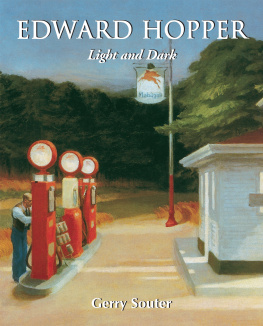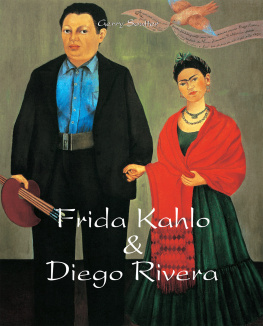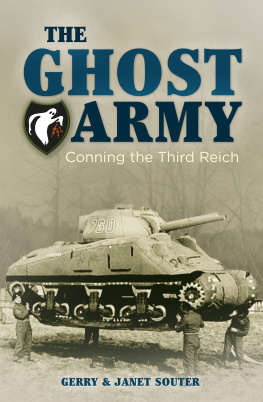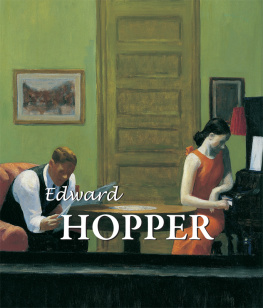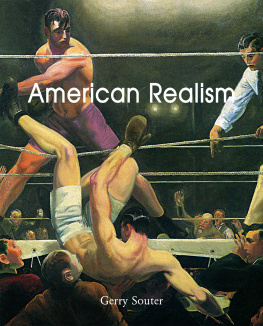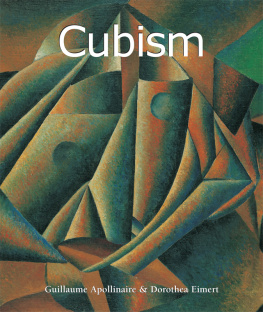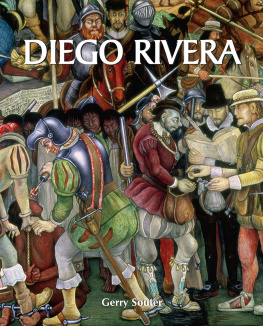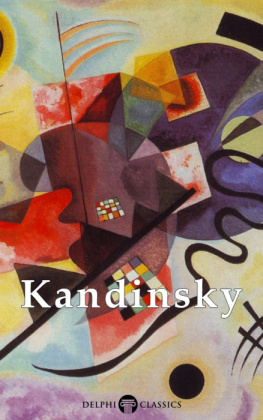Author: Gerry Souter
Layout:
Baseline Co. Ltd
61A-63A Vo Van Tan Street
4 th Floor
District 3, Ho Chi Minh City
Vietnam
Confidential Concepts, worldwide, USA
Parkstone Press International, New York, USA
Image-Bar www.image-bar.com
All rights reserved
No parts of this publication may be reproduced or adapted without the permission of the copyright holder, throughout the world. Unless otherwise specified, copyright on the works reproduced lies with the respective photographers. Despite intensive research, it has not always been possible to establish copyright ownership. Where this is the case, we would appreciate notification.
ISBN: 978-1-78310-701-8
Gerry Souter
MALEVICH
Journey to Infinity

CONTENTS

Self-Portrait, 1910-1911.
Gouache on cardboard, 27 x 26.8 cm .
The State Tretyakov Gallery, Moscow.
Introduction
A sudden cacophony thrust from the drone of Eastern European derivative art movements in 1915, causing the volatile art world of that time to investigate who was creating the latest fuss. They discovered a former Figurist, former Cubist, former Futurist son of a Ukrainian sugar beet chemist. This young artist stepped out of the Russian Realist/Futurist muddle as a fully-formed non-objective Suprematist with an encrypted, seemingly impenetrable visual language. There was something there, no doubt about it, but the intellect behind the images seemed either massive, or maybe it was a fragile construction assembled through osmosis? Many artists have fallen upon the works of philosophers in search of direction and from that assimilated wisdom wandered into an inspired style patched together from accumulated epiphanies. Kasimir Malevich was one of the latter. It was the suddenness of his ascension to the godhead that set him apart. He did not evolve. He exploded onto the art scene.
While abstract innovations such as Dada, Surrealism, Futurism, Cubism and Expressionism flourished in early twentieth century Western Europe and the United States, Suprematism had the misfortune to be created in the seething geopolitical cauldron of Eastern Europe. It was shaped as the Great War aligned East and West allies and empowered the power-thirsty have-nots who had been crushed beneath centuries-old Imperial regimes. Suprematism was revolutionary to a degree that it became counter-revolutionary the longer it persisted. Beneath the relentless ideology of Lenin and Stalins iron fists there was only room for one revolution at a time. Any expression that strayed from the Communist Party line became anti-patriotic. As the Western art establishment looked on, one by one the Suprematists winked out.
Just as quickly as he had discovered this non-objective art form, Malevich abandoned it for five years of teaching and embracing the revolution. Feeling the heat of Stalins OGPU (Unified State Political Directorate) secret police on his trail, Malevich backdated new figurative works and took up his former style with variations in an attempt to survive, but he was a marked man. He could not hide what he had done from the great grinding Patriotic Socialist Realism machine that only permitted artwork that furthered the cause of Communism. By 1935 he succumbed to cancer, and died in obscurity. The world raced from the financial ruin of the Great Depression to the scourge of another World War.
Fortunately, some of his works survived these decades of repression. A new generation can come to grips with them, bringing home-cooked interpretations, as did those in the past. While Suprematism is a footnote in the history of art, Kasimir Malevich deserves his place among the great artists. His abrupt lunge into non-objective expression sits comfortably alongside Piet Mondrian, Yves Tanguy, Paul Klee, Joan Mir, Clyfford Still, Vassily Kandinsky, Lszl Moholy-Nagy and the flip-side of Jackson Pollock. He attempted to express the inexpressible, to make unique firings of internal synapses into shared moments of common recognition. He distilled his internal experience into the ultimate visual reduction based on a collection of philosophical constructs he embraced with religious fervour.
As with the other great non-objective artists, there lingers that great curiosity to peer behind the curtain and discover what made him tick. The life and times of Kasimir Malevich produced a marvellous up-thrust in the evolutionary flow of art history. His great contribution to non-objective art was preceded by a body of evolutionary works in Post-Impressionist, Fauvist, Cubist and Futurist styles that revealed his search for a personal vision, and was followed by an equally revealing collection of figural paintings that demonstrated vitality in the face of repression. Even though the resulting tidal wave set loose by his Suprematism eventually eroded down to a ripple, it produced a curiosity requiring an excavation of many philosophical concepts to interpret. Above all, Malevich had the courage and stamina to pursue his creation in a dangerous climate for innovation or radical ideas.
Today, we have a greater understanding of Kasimir Malevich as he existed, a captive of his time and place. The opacity of his personal philosophy has left behind a variety of equally valid interpretations, but all his interpreters agree that he was a genius. Malevich is worth our admiration and our respect.
An artist who creates rather than imitates expresses himself; his works are not reflections of nature but, instead, new realities, which are no less significant than the realities of nature itself.
Kasimir Malevich, The Non-Objective World
A Reflection
The river empties to the sea,
But out it never flows;
The Cossack lad his fortune seeks,
But never fortune knows.
The Cossack lad has left his home,
Hes left his kith and kind;
The blue seas waters splash and foam,
Sad thoughts disturb his mind:
Why, heedless, did you go away?
For what did you forsake
Your father old, your mother grey,
Your sweetheart, to their fate?
In foreign lands live foreign folks,
Their ways are not your way:
There will be none to share your woes
Or pass the time of day.
Across the sea, the Cossack rests
The choppy seas distraught.
He thought with fortune to be blessed
Misfortune is his lot.
In vee-formation, cross the waves
The cranes are off for home.
The Cossack weeps his beaten paths
With weeds are overgrown...
Taras Shevchenko
St. Petersburg, 1838.
Translated by John Weir, Toronto
I. Youth and the Steppes

Township, c. 1908. Gouache, Indian ink
and paper glued on cardboard, 17.5 x cm .
Museum of Fine Arts A. N. Radiscev, Saratov.
He walked next to the wagon in boots that came almost to his knees. He was a sturdy boy with a dark complexion beneath a shock of dark brown hair and dressed in the colours of the earth except for a red waistcoat picked out in his mothers embroidery. When he travelled with his mother and father, the family should not look like field mujiks but like people of quality. They earned with their brains not their backs in keeping with his fathers work, a skilled chemist and quality supervisor at the next sugar beet mill and the one after that and the one after that. This was their life and the wagon was part of it. His mother, Liudvika (Liudviga) and his siblings travelled with his father, Severyn Malevich. That was the Ukrainian spelling of their names. The boy was named Kazymir. They were Poles descended from refugees who fled across the border from Poland to Ukraine when the Russians crushed the Polish rebellion in 1862. Their names had been the softer sounding Sewerin and Ludwika Malewicz.

